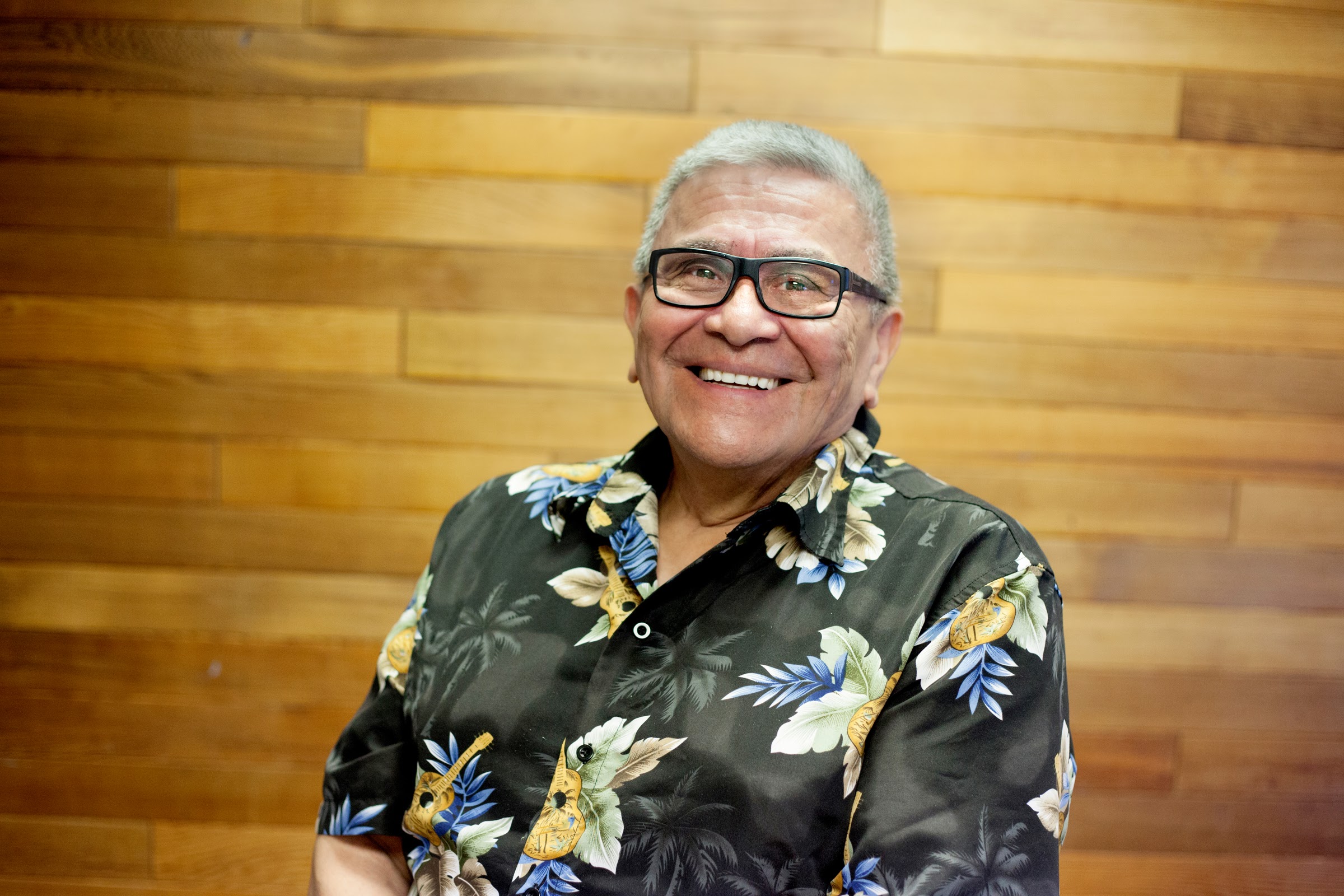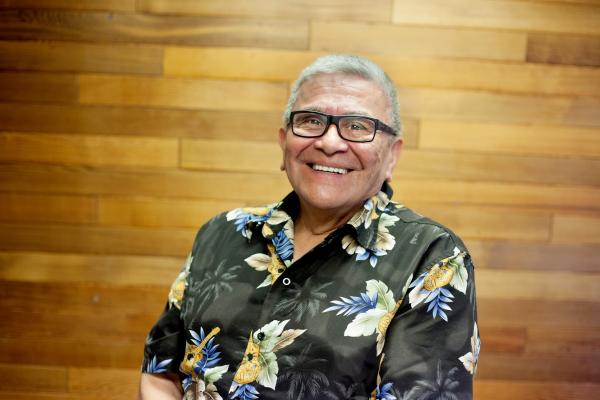KID REPORTERS’ NOTEBOOK
Hopes for Reconciliation


“The process of reconciliation is underway,” Chief Robert Joseph told Nikita.
In Canada, the recent discovery of Indigenous childrens’ unmarked graves at three former residential schools has caused shock and anguish across the country and around the world. To date, the remains of 1,148 people, mostly children, have been found at Kamloops Indian Residential School in British Columbia, Marieval Indian Residential School in Saskatchewan, and St. Eugene’s Mission School in British Columbia. Researchers say that more findings are likely.
How can the country move forward after these horrific discoveries? I recently spoke with First Nations Chief Robert Joseph, a survivor of the brutal residential schools. In 2012, he founded Reconciliation Canada, a nonprofit organization dedicated to confronting the country’s unjust treatment of Indigenous groups.
In the span of 130 years, Chief Joseph explained, more than 150,000 First Nation, Inuit, and Métis children were taken from their families and sent to government-funded, church-run boarding schools as part of the government’s assimilation program.
PLACES OF ABUSE
Initially, Indigenous leaders hoped that attending the schools would give children increased opportunities in a changing world. But the schools proved to be places of abuse and humiliation. Every aspect of life was cruel and culturally offensive. Students had their hair cut and their belongings seized. They were prohibited from any expressions of Native culture, including speaking their own languages. They were even addressed by numbers instead of names. Untold numbers of children were abused by their teachers.
“They treated us like savages,” Chief Joseph recalled. “They thought we were less than human. We were an impediment to their exploitation of resources in Canada.”
All of the residential schools were shut down by 1996. But they had set in motion an intergenerational cycle of abuse and trauma. In 2008, the Canadian government began to work with Indigenous communities and religious leaders to create a Truth and Reconciliation Commission (TRC). Since then, the TRC and other nonprofit organizations, including Reconciliation Canada, have worked to promote understanding between Indigenous peoples and all Canadians.
“I still think that the process of reconciliation is underway,” Chief Joseph said. “It has a force of its own.”
EVERYONE WOULD BENEFIT
Despite progress, there is still much work to be done. Chief Joseph and others say that incorporating Indigenous culture into the Canadian school curriculum would help students learn more about the country’s diversity and the injustices done to members of Indigenous groups.
Another step would be getting rid of discriminatory legislation, including the Indian Act, which governs nearly every aspect of life on Indigenous lands. This would allow Indigenous communities the freedom to govern themselves and create access to more opportunities.
Chief Joseph adds that microaggressions, including racist jokes and attitudes, also stand in the way of true reconciliation. “If reconciliation advances in this country,” he said, “all Canadians are going to benefit.”
